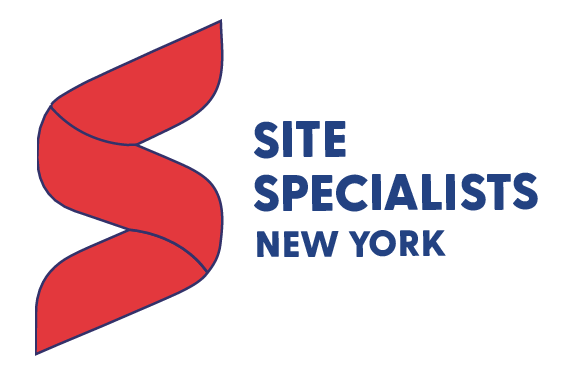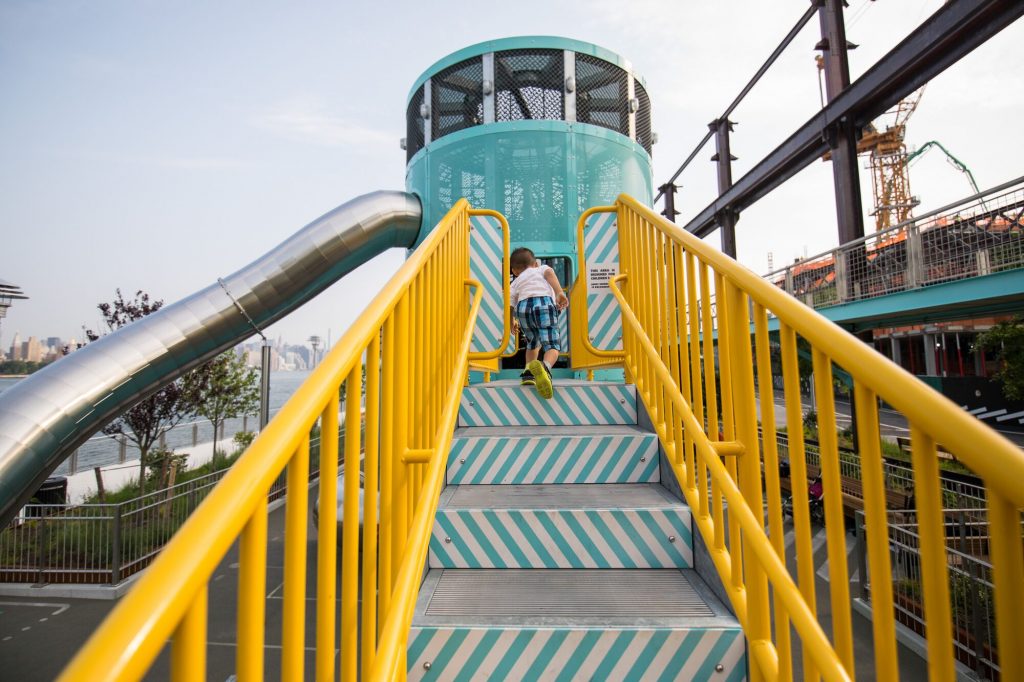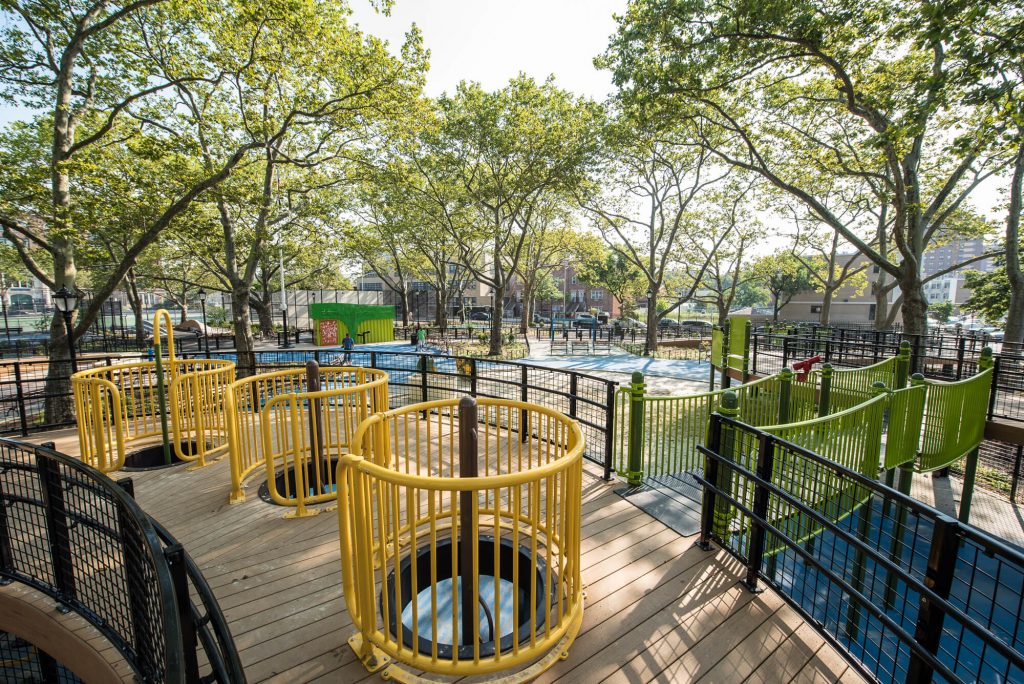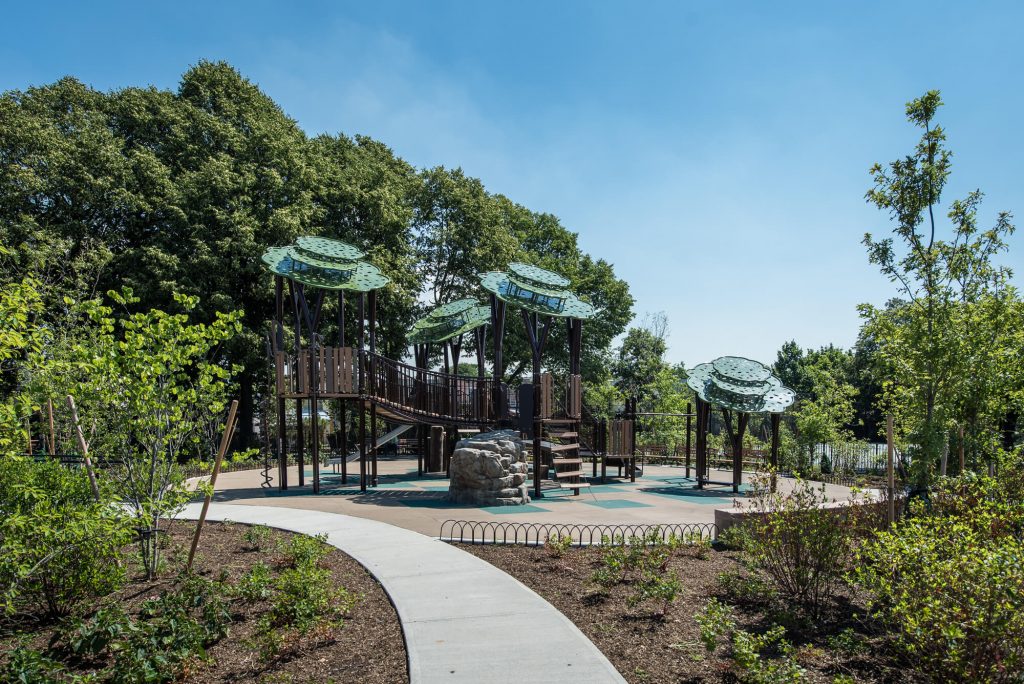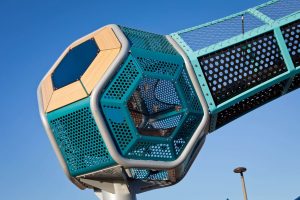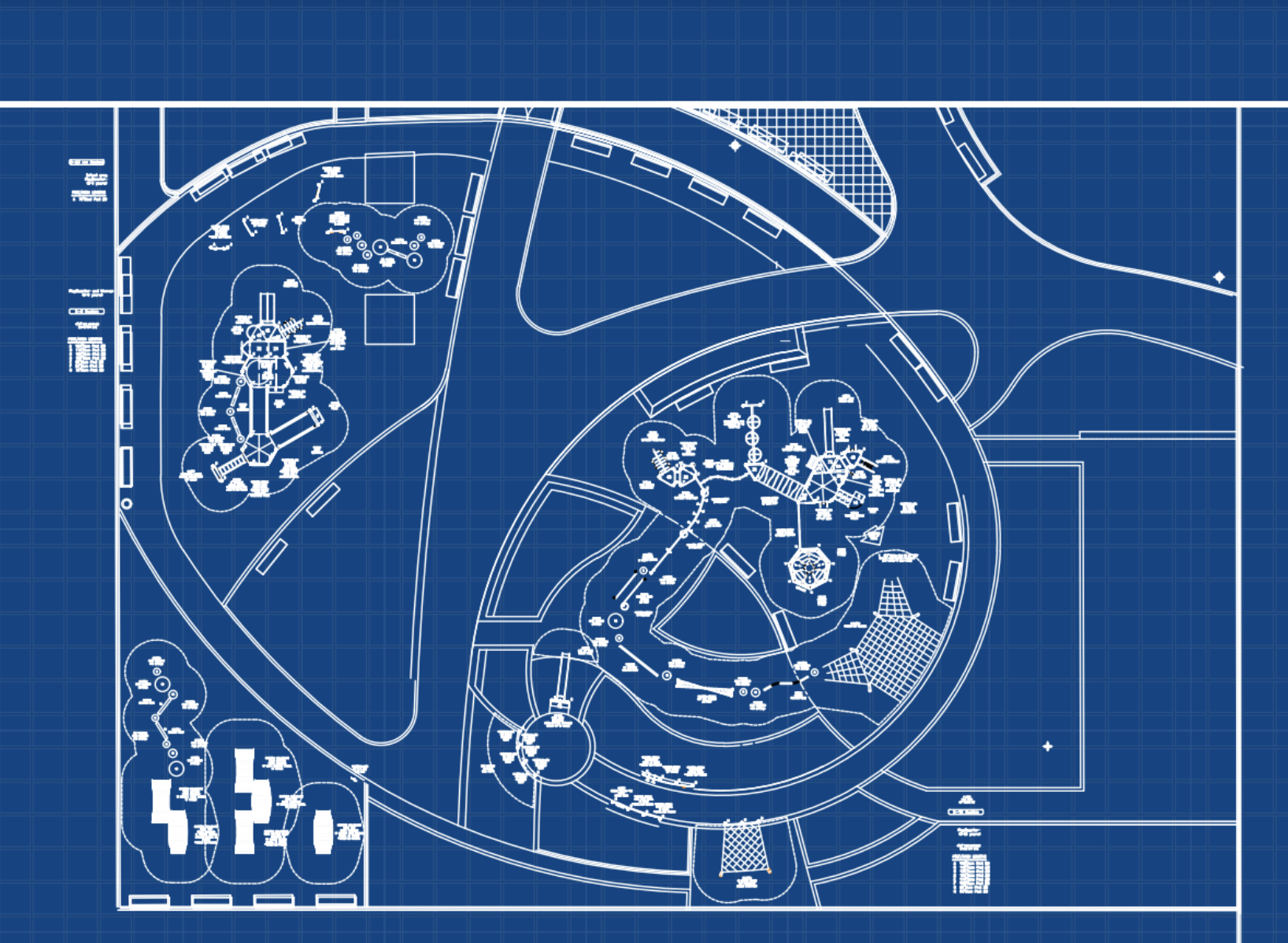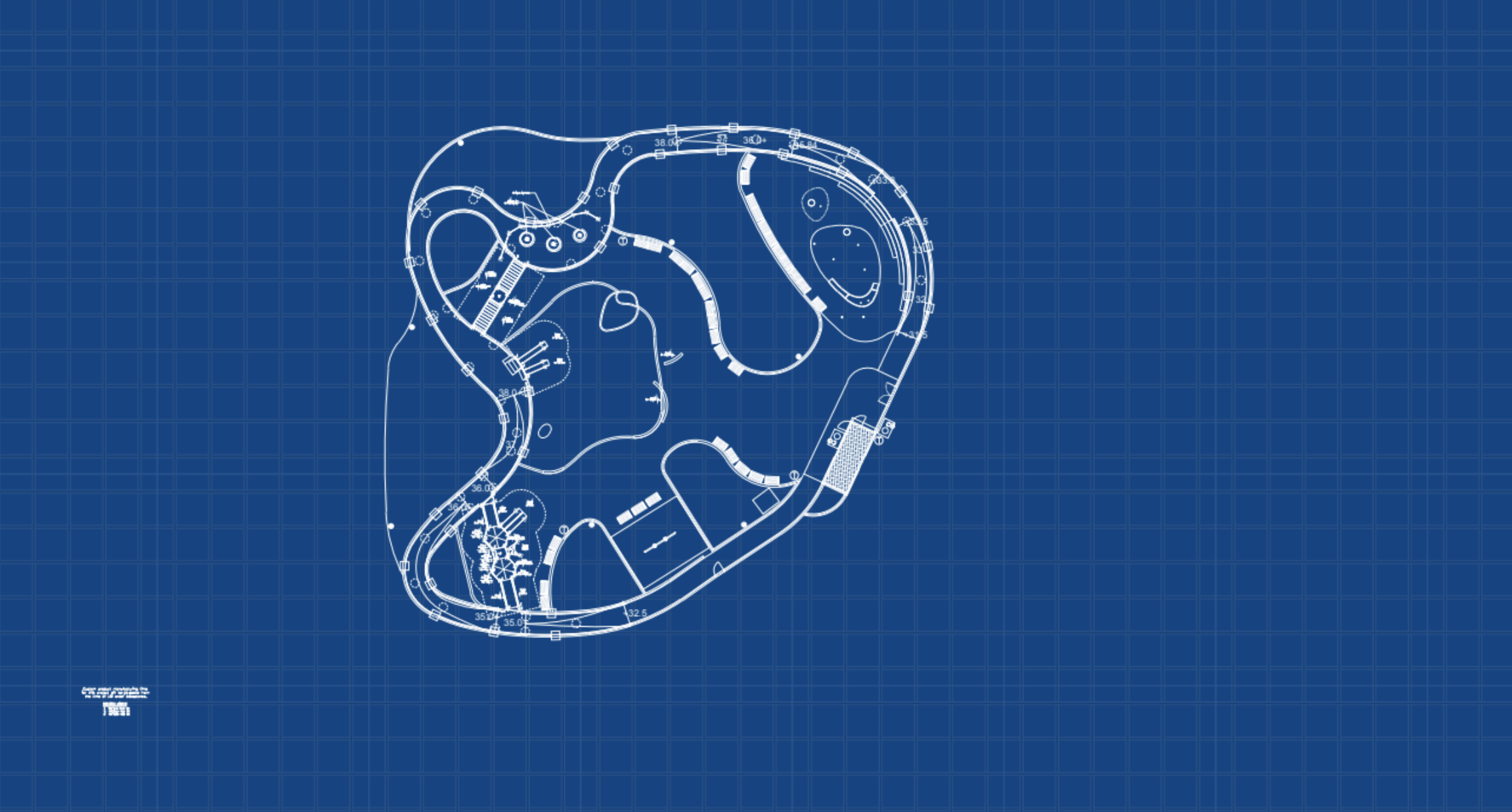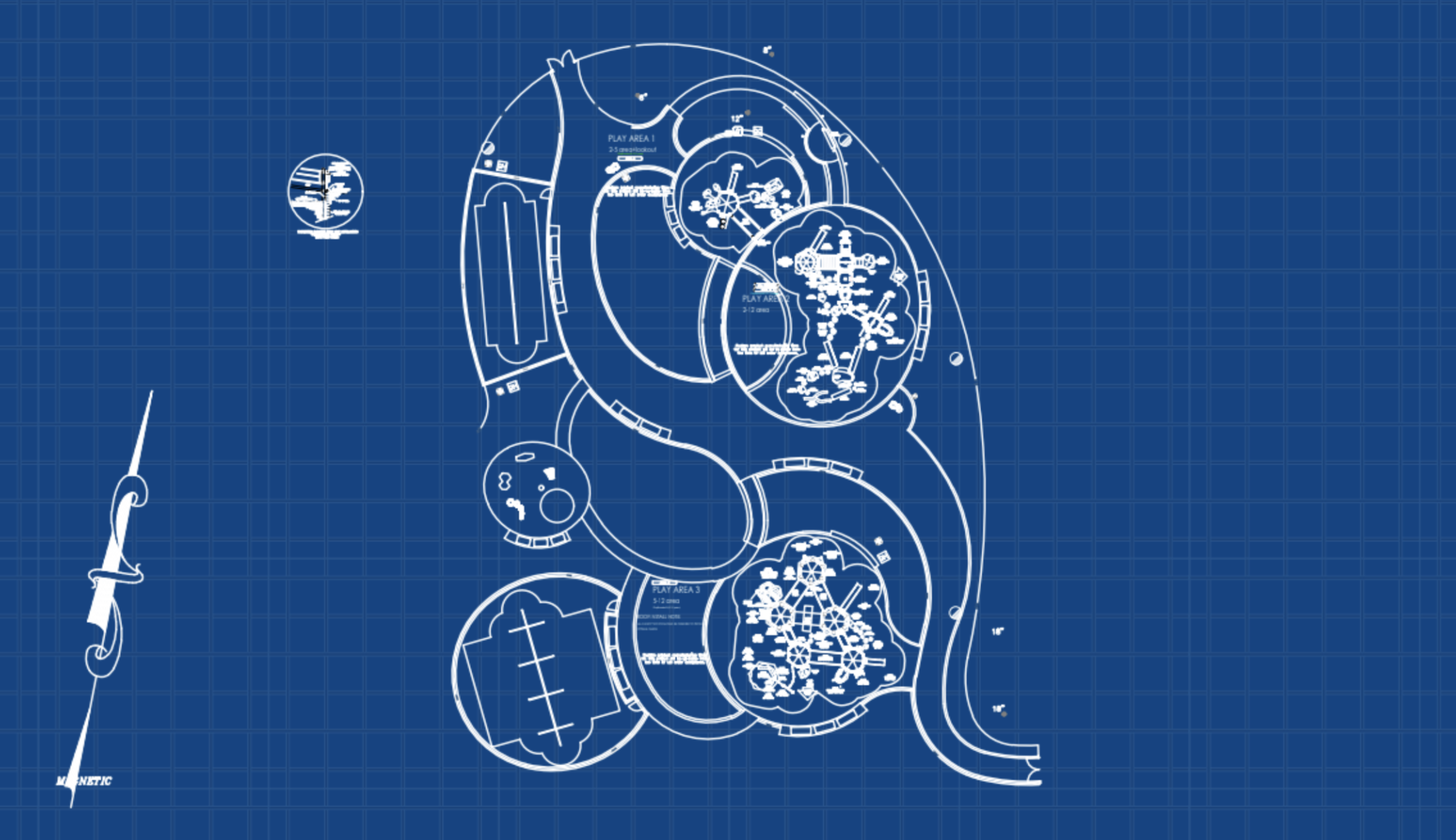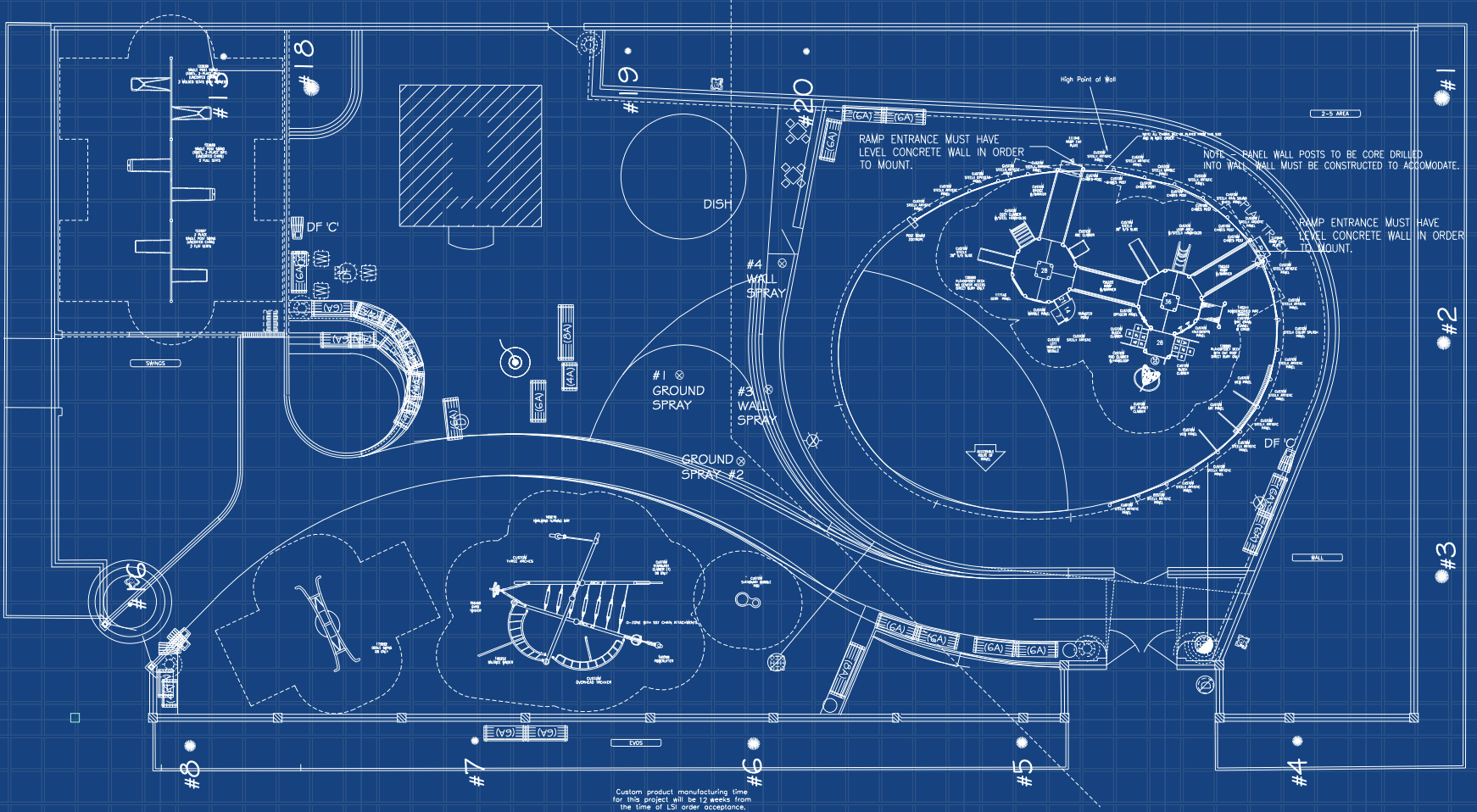
Friends Field
Brooklyn
This park was initally built to provide athletic facilities for students of Quaker schools in the New York area. Fifty years later the Society discontinued use of the athletic fields and offered the parcel for sale. Bids were received from private developers, they accepted the city’s offer which guaranteed the continued recreational use of the property, the present day Friends Field.
